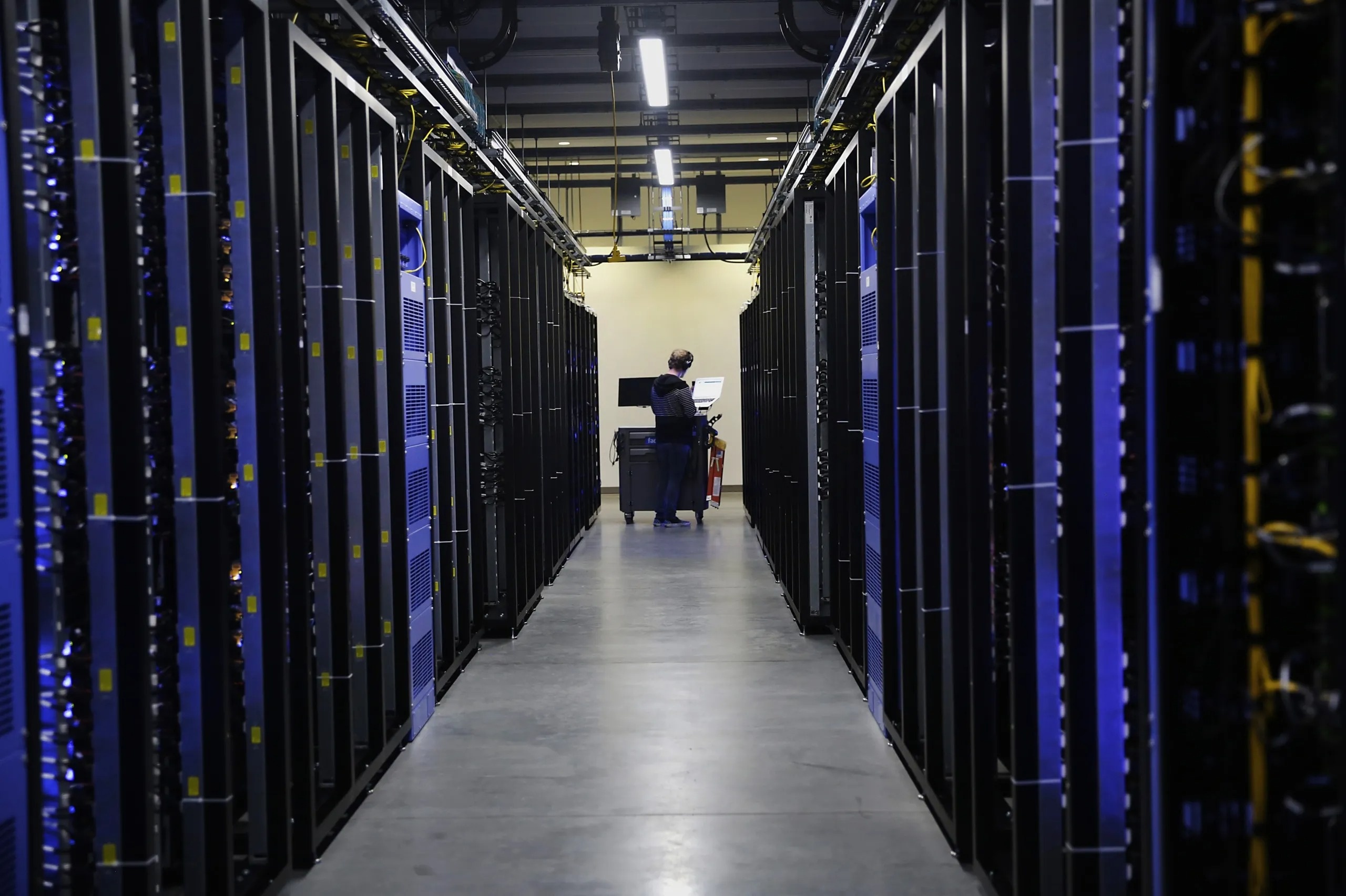
When users type commands into the AI chatbot, the system sends requests to the data center, contributing to the depletion of an increasingly scarce resource: water.
According to Bloomberg , about two-thirds of data centers built or planned to be built in the US by 2022 are in water-stressed areas. Of those, 72% are in five water-stressed states.
When technology threatens essential resources
The problem has been around for years. Even before ChatGPT was introduced, communities complained that data centers were using more than 3 million liters of water per day in cities with limited water reserves. The situation became more serious after ChatGPT sparked the artificial AI craze.
More than 160 AI data centers built in the US in the past three years are located in areas with water stress, according to data from the World Resources Institute and research firm DC Byte . That’s a 70% increase from the previous three-year period.
Similar trends are seen in other countries, including arid regions like the UAE and Saudi Arabia. Meanwhile, the proportion of data centers in arid regions in China and India is even higher than in the US.
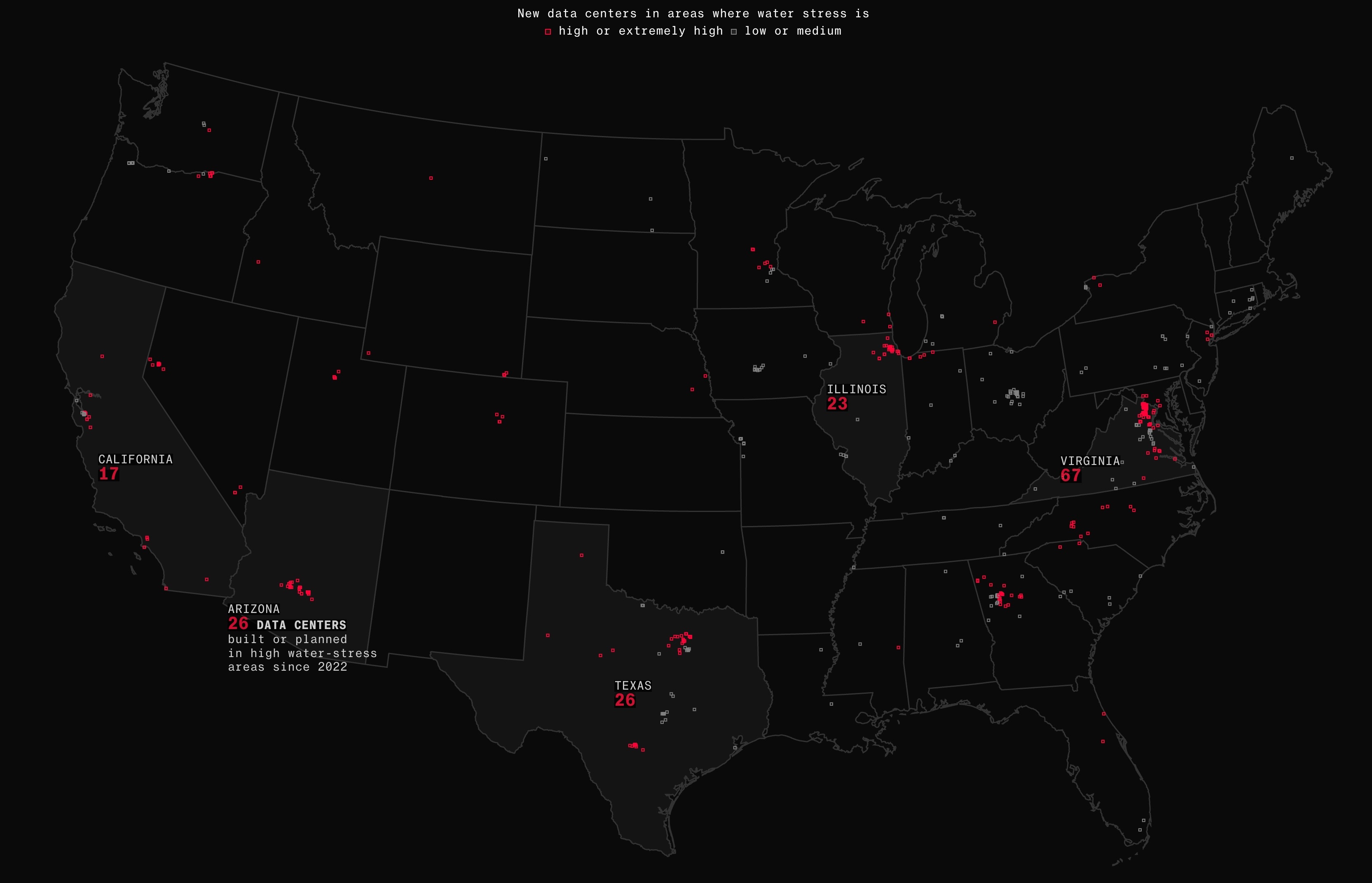 |
Many new data centers in the US are located in areas with high levels of water stress. Photo: Bloomberg . |
Analysts say that when building AI data centers, companies tend to choose states and countries with abundant energy and favorable regulations. However, those areas lack abundant water supplies. As a result, data centers are threatening local water supplies, agriculture , and energy production.
“This is a growing, widespread problem,” said Newsha Ajami, director of strategy and research development at Lawrence Berkeley National Laboratory and founding director of the urban water policy program at Stanford University.
There have been protests over water shortages caused by data centers in the Netherlands, Uruguay and Chile, with the Chilean government temporarily revoking Google’s permit to build a $200 million data center.
In the US, tech companies are expanding data centers in drought-prone states like Arizona and Texas, raising concerns about local water supplies.
“Everywhere in the state is facing this water-energy crisis,” said Amy Bush, a hydrologist at RMBJ Geo Inc. in Abilene, Texas, where OpenAI plans to build a 1.2 gigawatt data center to serve the Stargate project.
The problem is widespread.
Sharlene Leurig, a partner at water consultancy Fluid Advisors, said water is often the last consideration when companies choose a data center location, because it is cheaper than real estate and electricity costs.
“For industrial companies, water is often less important than the cost and availability of energy,” says Leurig.
More AI means more water consumption. In the US, the average 100 MW data center (equivalent to more than 75,000 homes) consumes about 2 million liters of water per day, according to the International Energy Agency (IEA). That is equivalent to the water consumption of about 6,500 households.
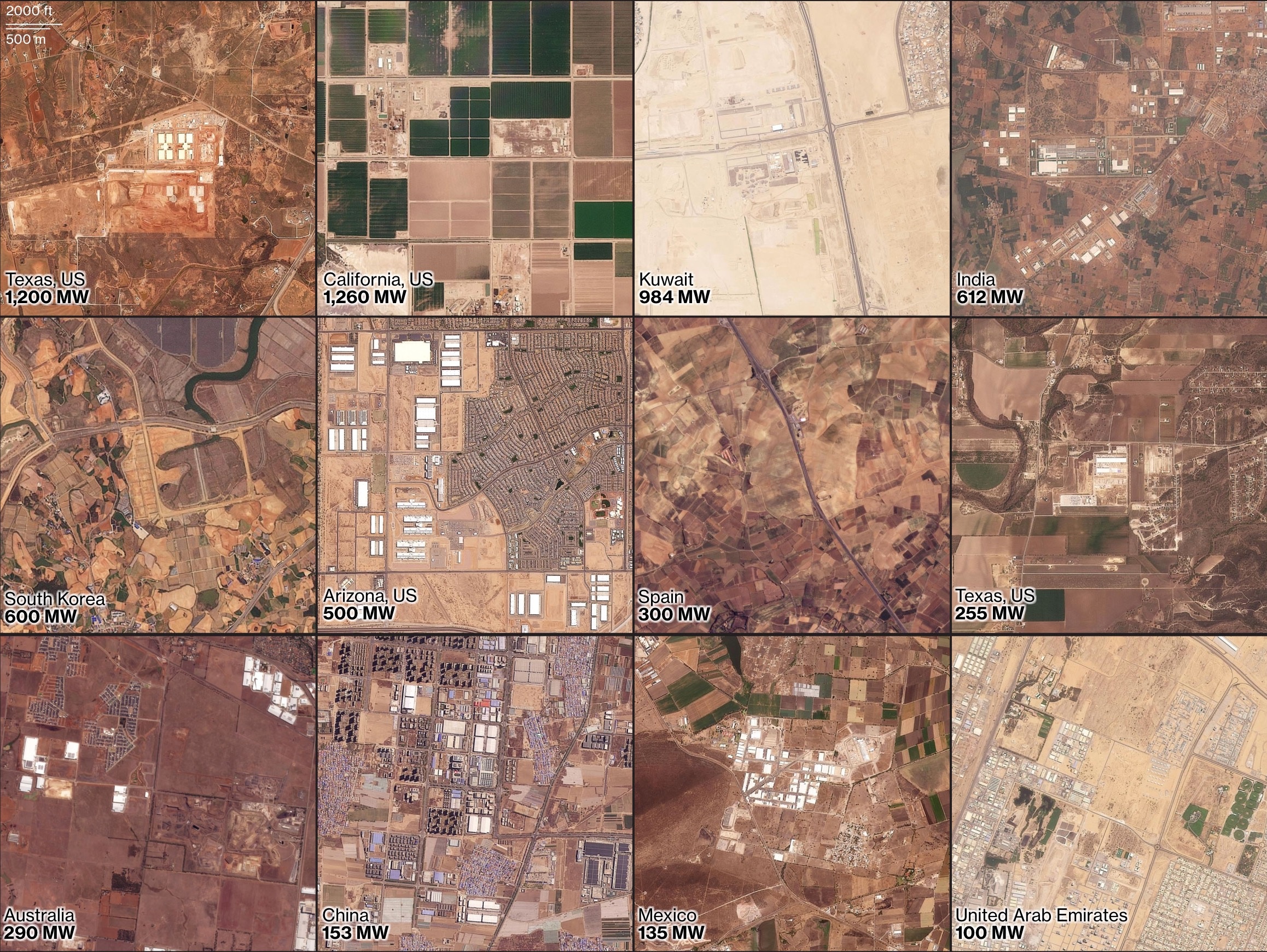 |
Satellite images of data centers (including those under construction) in some of the world's most water-stressed areas. Photo: Bloomberg . |
Globally, the report estimates that data centers consume about 560 billion liters of water each year. That number could rise to about 1,200 billion liters by 2030 as companies equip advanced AI chips, which require more energy and generate more heat.
Many data centers today use evaporative cooling systems. Data centers typically evaporate 80 percent of their water, sending only 20 percent back to the wastewater treatment facility, according to Shaolei Ren, associate professor of electrical and computer engineering at the University of California, Berkeley.
Data centers also consume water indirectly. A 2021 research paper found that nearly half of U.S. data centers are powered entirely (or partially) by water-consuming power plants in water-stressed areas. According to the IEA, 60% of water used in data centers is consumed indirectly.
Looking for solutions
Tech companies have faced similar problems. Steve Solomon, vice president of data center infrastructure engineering at Microsoft, said that in the early days, data centers used air conditioning for cooling. These systems consumed a lot of electricity, forcing the company to develop cooling technology that would save energy.
Companies are now experimenting with a number of new solutions, including redesigning data centers and chips to use less water.
Some companies place chips directly on water-cooled plates, or immerse the chips and servers in liquid, according to Bloomberg .
Companies also experimented with synthetic fluids. However, some coolants were phased out of the market because they used permanent chemicals that do not naturally decompose and can persist in animals, humans, and the environment.
Microsoft recently introduced a closed data center design that keeps water circulating between servers and chillers instead of evaporating. This design is expected to be first deployed in 2026 at its Wisconsin and Arizona facilities.
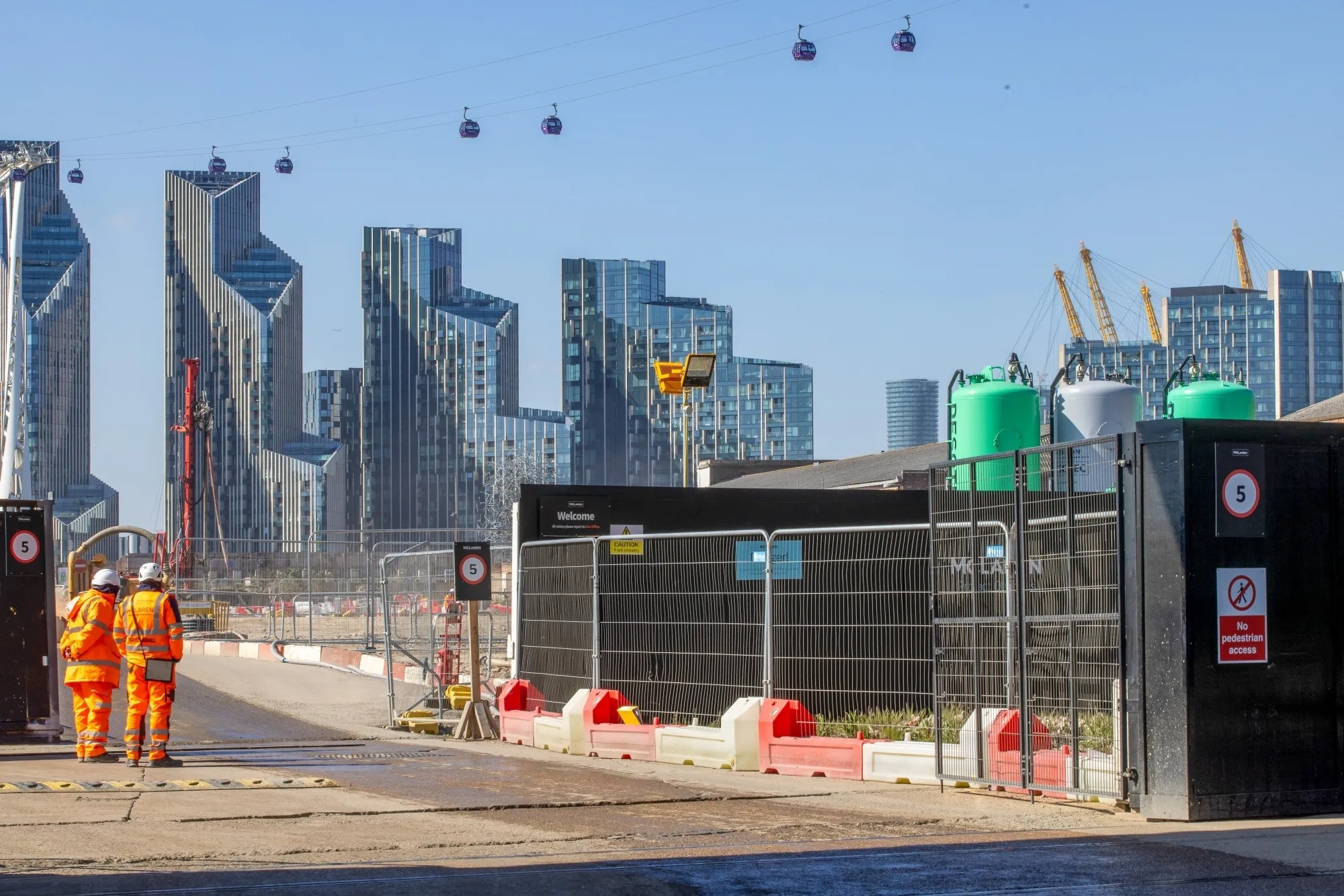 |
Construction site of a data center in London (UK). Photo: Bloomberg . |
Crusoe Energy Systems, the company behind OpenAI’s Stargate facility in Abilene, also plans to use a closed-loop cooling system. However, Ben Kortlang, a representative of G2 Venture Partners, Crusoe’s investor, said this solution consumes more electricity than an evaporative system.
As Silicon Valley searches for solutions, water advocates say tech companies need to be more transparent about their water use. There is little public information about data center water use.
In one case, The Dalles, a city in Oregon, sued the Oregonian Media Group to block the release of Google’s water usage records on trade secret grounds. The local government finally agreed to release the records after 13 months.
Jennifer Walker, director of the Texas Coastal and Water Program at the National Wildlife Federation, stressed that state officials need to know more to plan for water use. But when the Texas Water Development Board sent a water use survey to the data center, the response was not encouraging.
“We just had one of the hottest summers on record in Texas, and we've had some record-breaking summers... I'm concerned about any water-intensive industry coming into the state,” Walker said.
Source: https://znews.vn/ai-ngon-nuoc-nhu-the-nao-post1552186.html





![[Photo] 60th Anniversary of the Founding of the Vietnam Association of Photographic Artists](/_next/image?url=https%3A%2F%2Fvphoto.vietnam.vn%2Fthumb%2F1200x675%2Fvietnam%2Fresource%2FIMAGE%2F2025%2F12%2F05%2F1764935864512_a1-bnd-0841-9740-jpg.webp&w=3840&q=75)
![[Photo] National Assembly Chairman Tran Thanh Man attends the VinFuture 2025 Award Ceremony](/_next/image?url=https%3A%2F%2Fvphoto.vietnam.vn%2Fthumb%2F1200x675%2Fvietnam%2Fresource%2FIMAGE%2F2025%2F12%2F05%2F1764951162416_2628509768338816493-6995-jpg.webp&w=3840&q=75)



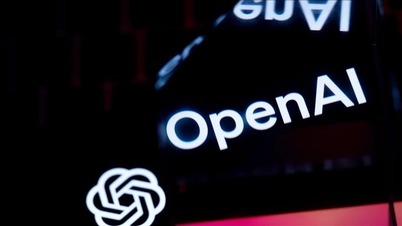


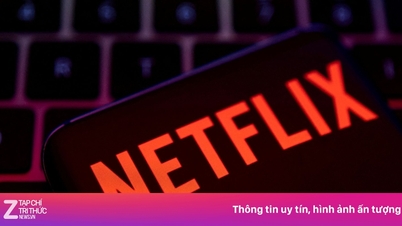

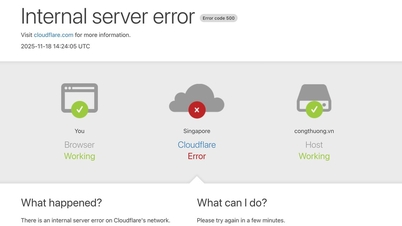


















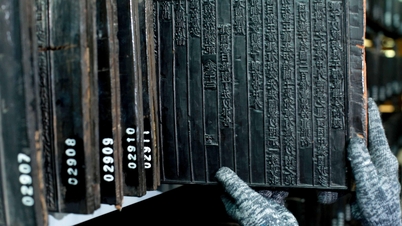







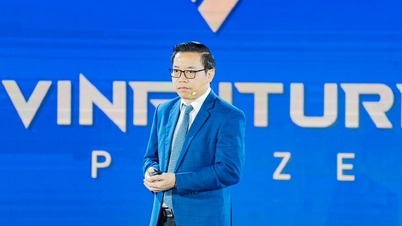







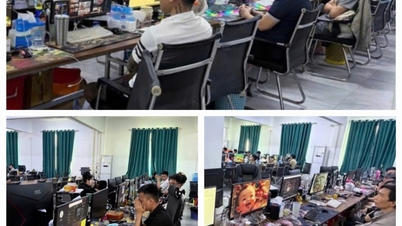


















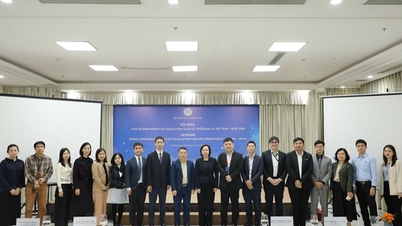




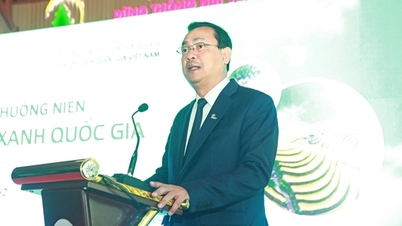
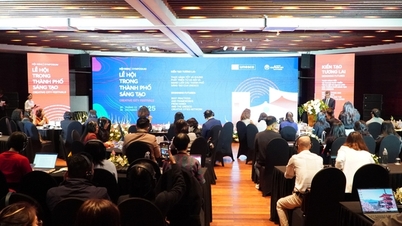

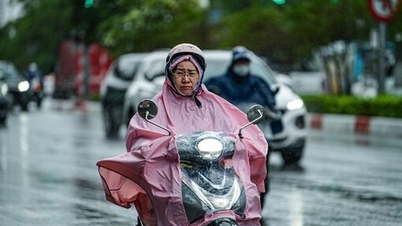



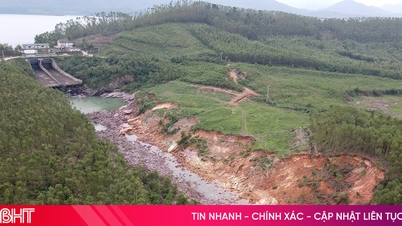
























Comment (0)